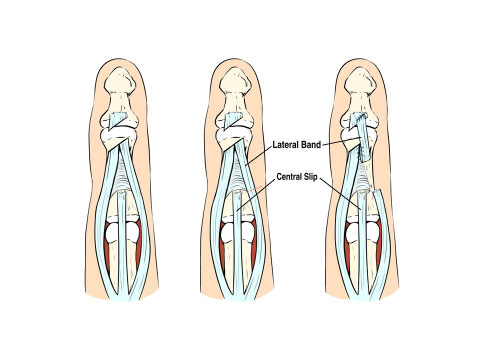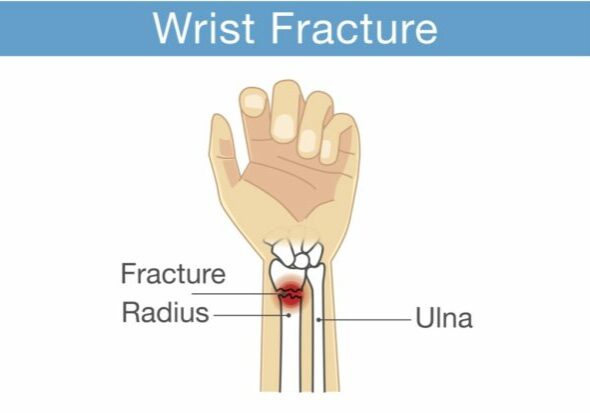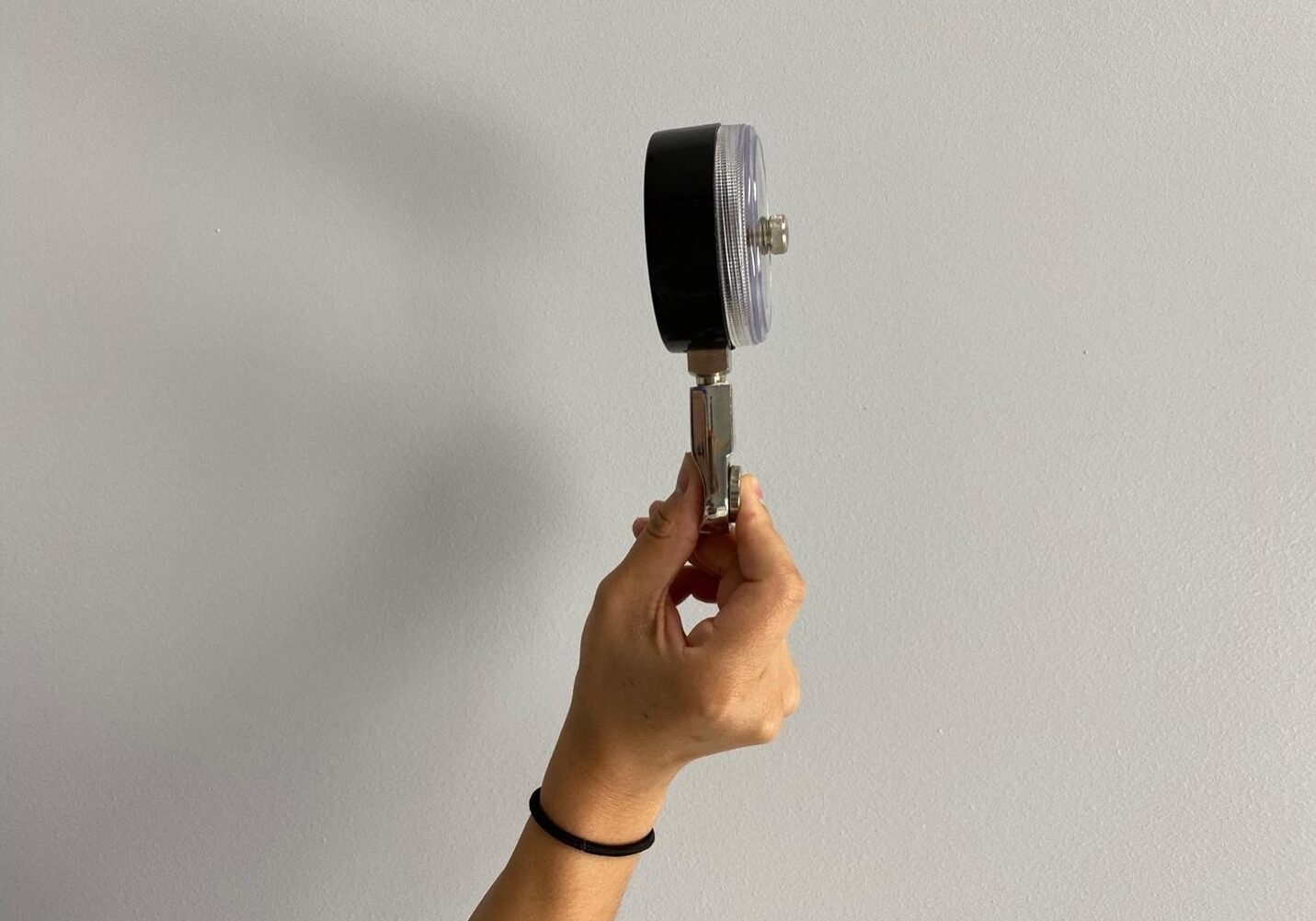Hand Therapy: Does Dry Needling work to Treat Trigger Finger
Filed under Uncategorized
By: Taylor Volentine
Reference:
Azizian, M., Bagheri, H., Olyaei, G., Shadmeher, A., Okhovatpour, M. A., Dehghan, P., Jalaei, S., Sarafraz, H. (2019). Effects of dry needling on tendon-pulley architecture, pain and hand function in patients with trigger finger: a randomized controlled trial study. The Journal of Physical Therapy Science, 31. 295-298. doi:10.1589/jpts.31.295
Photo retrieved from https://www.vitalitychiropractor.com.au/dry-needling/
The Skinny:
The article seeks to address if dry needling for trigger finger is an effective mechanism to improve overall hand function and reduce pain in individuals. The medical terminology for trigger finger is known as stenosing tenosynovitis. Trigger finger displays a locked or bent position of the finger or when the finger “pops” during movement, hence the name trigger finger. When the flexor tendon sheath becomes too thick or inflamed it becomes difficult to glide through the pulley (Mayo Clinic, 2017).
Individuals who tend to participate in activities that require continuous gripping actions are at greater risk of trigger finger. If your client presents with trigger finger, they may acquire finger stiffness, finger locking and bent position, pain and tenderness of nodule surrounding the pulley, and popping or clicking during movement (Mayo Clinic 2017). Trigger finger may be treated by immobilizing the joint with a finger orthosis at the A1 pulley to promote healing, gentle exercises, avoidance of activities that involves grasping, steroid injections, and surgery if trigger finger becomes severe (Mayo Clinic, 2017).
Photo retrieved from https://www.mayoclinic.org/diseases-conditions/trigger-finger/symptoms-causes/syc-20365100
In The Weeds:
This article was conducted as a randomized controlled trial with 58 participants who had trigger finger with the population ranging from 45-75 years of age. The participants were selected if they acquired the following: Unilateral idiopathic trigger finger with grade 1, 2, or 3 according to quinnell classification for at least four weeks, pain and tenderness at the location of the A1 pulley, palpation of inflamed nodule, pain and tenderness while digit flexion and extension, and locking or clicking of finger during movement (Azizian et al., 2019).
The 58 participants were randomly split evenly into two groups: the control group who did not receive dry needling treatment, and the intervention group who received dry needling treatment. The intervention group received 1 treatment of dry needling to the A1 pulley region from a therapist with 5 years of experience with dry needling and blinded to the outcomes of the study. The needle was inserted 45 degrees at the metacarpophalangeal level to nodule utilizing the fast in and fast out cone shape mechanism (Azizian et al., 2019).
Results were obtained through pre and posttest assessments measuring pain, DASH questionnaire, tendon-pulley architecture, pulley tendon thickness, and pinch grip to compare outcomes of one treatment session of dry needling. Results showed significant improvements with pain, hand function, and pulley architecture from the intervention group compared to the control group. There was not a significant difference with the control group.
Bringing It Home:
Based on the findings of this research article, trigger finger dry needling can be used as another treatment mechanism to improve overall hand function and reduce pain and pulley tendon thickness for individuals with trigger finger. Therapists may use a combination of dry needling and splinting to immobilize the movement of the A1 pulley to decrease inflammation and pain to be able to complete daily occupations.
This article portrays valuable information in regard to dry needling as an intervention to promote healing for individuals with trigger finger. This article has limitations which may have resulted in different outcomes.
· Only one dry needling treatment session providing short-term outcome data
· Limited data to compare findings
· Small sample size
Overall this article demonstrated promising data in regard to dry needling hand therapy as an effective mechanism to improve the effects of trigger finger and overall hand function. Additional research is needed to compare results with and long-term effects of dry needling.
Additional References
Mayo Clinic. (2017). Trigger Finger. Retrieved from https://www.mayoclinic.org/diseases-conditions/trigger-finger/symptoms-causes/syc-20365100
More To Read
Differential Diagnosis: Trigger Finger vs. Subluxing Sagittal Band Injury vs. Subluxing Lateral Band
Differential Diagnosis: Trigger Finger vs. Subluxing Sagittal Band Injury vs. Subluxing Lateral Band Hand therapists frequently encounter patients presenting with finger pain, clicking, and difficulty with tendon glide. Among the most commonly confused conditions are trigger finger, subluxing sagittal band injury, and subluxing lateral band. Each of these pathologies involves different anatomical structures and biomechanical…
Read MoreDistal radius fracture types seen in the hand therapy clinic
Distal radius fractures are one of the most common injuries seen in hand therapy. Several different distal radius fracture classification systems have been developed, and this blog post will focus on the more common types of distal radius fractures and their classification. Extra-articular fractures are either nondisplaced or displaced fractures. These fractures occur outside…
Read MoreArticle Review: Trapeziectomy and LRTI: What can patients with CMC osteoarthritis expect 12 months after the procedure?
Janakiramanan, N., Miles, O., Collon, S., Crammond, B., McCombe, D., & Tham, S. K. (2021). Functional Recovery Following Trapeziectomy and Ligament Reconstruction and Tendon Interposition (Trapeziectomy and LRTI): A Prospective Longitudinal Study. The Journal of hand surgery, S0363-5023(21)00304-X. Advance online publication. https://doi.org/10.1016/j.jhsa.2021.04.036 The skinny: Patients with trapeziometacarpal (TMC) osteoarthritis who are candidates for a trapeziectomy and…
Read MoreSign-up to Get Updates Straight to Your Inbox!
Sign up with us and we will send you regular blog posts on everything hand therapy, notices every time we upload new videos and tutorials, along with handout, protocols, and other useful information.





